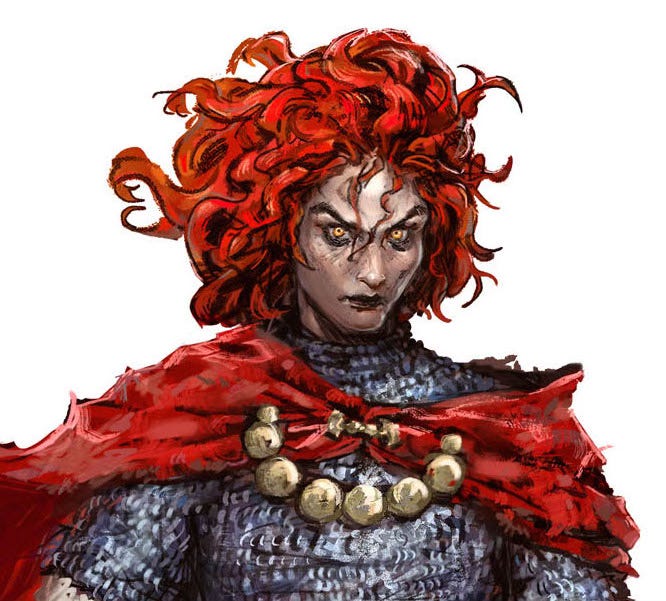Old Sorcery, New Edge: Q&A with Molly Tanzer
The award-winning author of 'The Diabolist's Library' trilogy on her route to writing, taming research and penning the official resurrection of Jirel of Joiry, the first lady of sword and sorcery

Molly Tanzer is an award-winning American novelist, short story writer and editor with a gift for combining historical fact with fantastical fiction. Reviving an iconic sword and sorcery heroine eighty-five years after her last outing, Molly is now continuing the adventures of the first lady of heroic fantasy in the pages…

